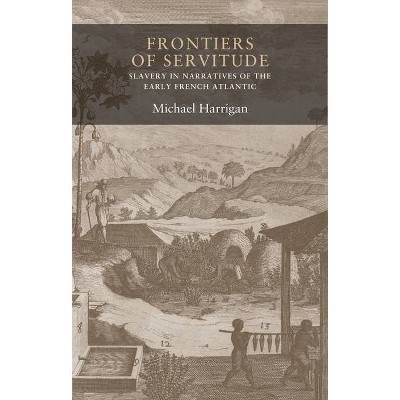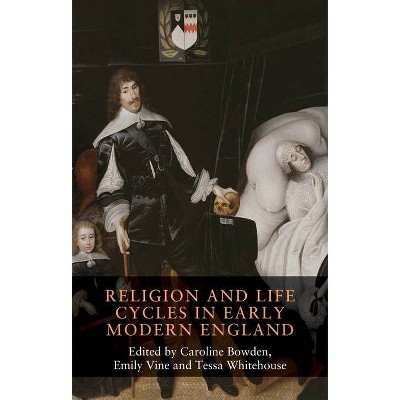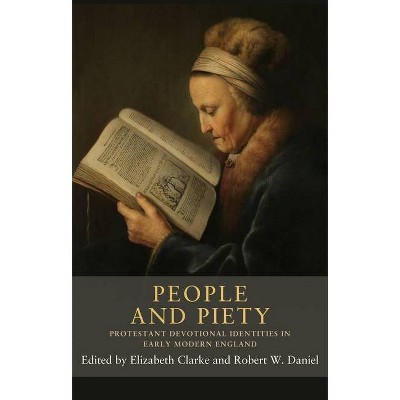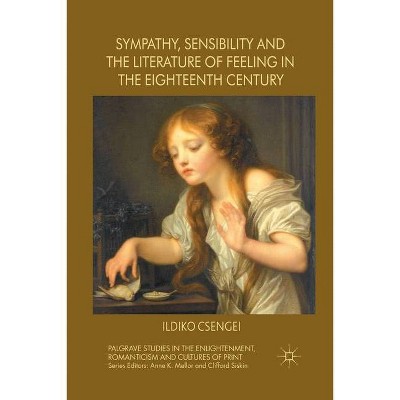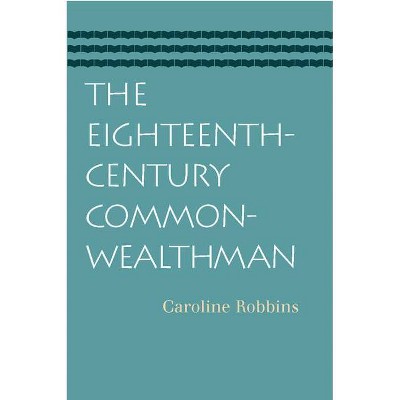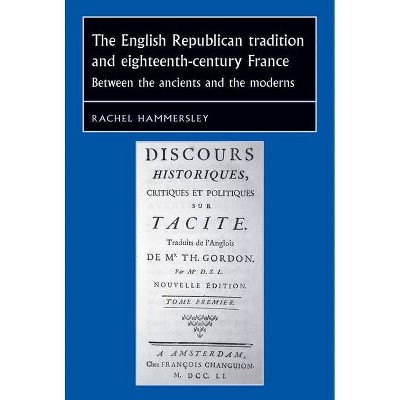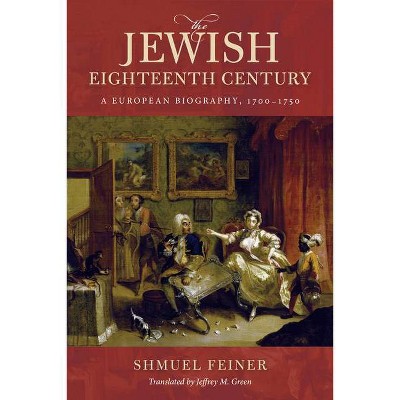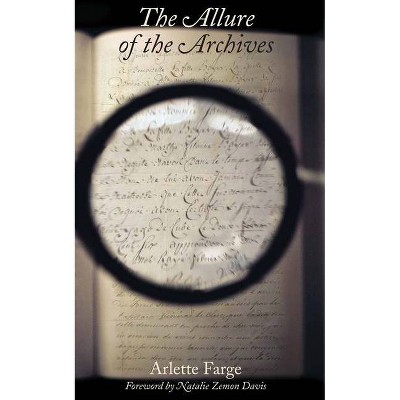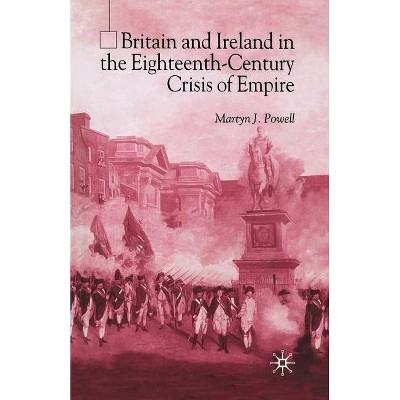The challenge of the sublime - (Seventeenth- And Eighteenth-Century Studies) by Hélène Ibata (Paperback)
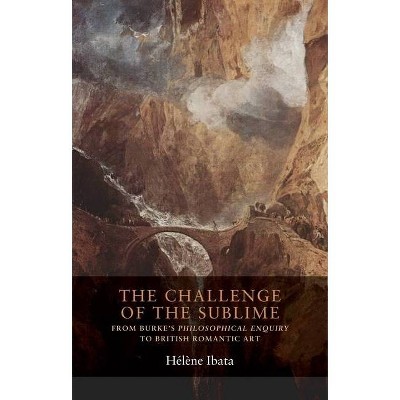
Similar Products
Products of same category from the store
AllProduct info
<p/><br></br><p><b> About the Book </b></p></br></br>This interdisciplinary study looks at the influence of Edmund Burke's theories of the sublime on British Romantic art, arguing that it is far more significant than previously imagined.<p/><br></br><p><b> Book Synopsis </b></p></br></br><p><em>The challenge of the sublime</em> argues that the unprecedented visual inventiveness of the Romantic period in Britain can be seen as a response to theories of the sublime, and more specifically to Edmund Burke's<em> Philosophical Enquiry into the Origin of our Ideas of the Sublime and Beautiful</em> (1757). <br /> <br /> While it is widely accepted that the <em>Enquiry </em>contributed to shaping the thematics of terror that became fashionable in British art from the 1770s, this book contends that its influence was of even greater consequence, paradoxically because of Burke's conviction that the visual arts were incapable of conveying the sublime. His argument that the sublime was beyond the reach of painting, because of the mimetic nature of visual representation, directly or indirectly incited visual artists to explore not just new themes, but also new compositional strategies and even new or undeveloped pictorial and graphic media, such as the panorama, book illustrations and <em>capricci</em>. More significantly, it began to call into question mimetic representational models, causing artists to reflect about the presentation of the unpresentable and the inadequacy of their endeavours, and thus drawing attention to the process of artistic production itself, rather than the finished artwork. <br /> <br /> By revisiting the links between eighteenth-century aesthetic theory and visual practices, <em>The challenge of the sublime</em>establishes new interdisciplinary connections which address researchers in the fields of art history, cultural studies and aesthetics.</p><p/><br></br><p><b> From the Back Cover </b></p></br></br><i>The challenge of the sublime</i> argues that the unprecedented visual inventiveness of the Romantic period in Britain can be seen as a response to theories of the sublime, and more specifically to Edmund Burke's<i> Philosophical Enquiry into the Origin of our Ideas of the Sublime and Beautiful</i> (1757). While it is widely accepted that the <i>Enquiry </i>contributed to shaping the thematics of terror that became fashionable in British art from the 1770s, this book contends that its influence was of even greater consequence, paradoxically because of Burke's conviction that the visual arts were incapable of conveying the sublime. His argument that the sublime was beyond the reach of painting, because of the mimetic nature of visual representation, directly or indirectly incited visual artists to explore not just new themes, but also new compositional strategies and even new or undeveloped pictorial and graphic media, such as the panorama, book illustrations and <i>capricci</i>. More significantly, it began to call into question mimetic representational models, causing artists to reflect about the presentation of the unpresentable and the inadequacy of their endeavours, and thus drawing attention to the process of artistic production itself, rather than the finished artwork. By revisiting the links between eighteenth-century aesthetic theory and visual practices, <i>The challenge of the sublime</i> establishes new interdisciplinary connections which address researchers in the fields of art history, cultural studies and aesthetics.<p/><br></br><p><b> Review Quotes </b></p></br></br><br>'Most studies of the sublime simply bypass a lot of criticism because reviewing the history of the criticism of nineteenth-century aesthetics is burdensome. Ibata, instead, puts her work on Burke in the context of as much previous work as is practically feasible and puts Burke's treatise in relation to contemporary accounts of the sublime in a way that is rarely, if ever, accomplished...she helps the reader to understand what is unique in Burke and which other writers on the sublime influenced each aspect of his ideas.' <i>European Romantic Review</i> 'Conducted with rigor and erudition, this study is supported by an abundant iconography (5 color plates and 33 illustrations in white and black inserted in the text) presented in an elegant volume.' <i>XVII-XVIII</i><br><p/><br></br><p><b> About the Author </b></p></br></br><br><strong>Hélène Ibata</strong> is Professor of English and Visual Studies at the University of Strasbourg<br>
Price History
Price Archive shows prices from various stores, lets you see history and find the cheapest. There is no actual sale on the website. For all support, inquiry and suggestion messagescommunication@pricearchive.us
